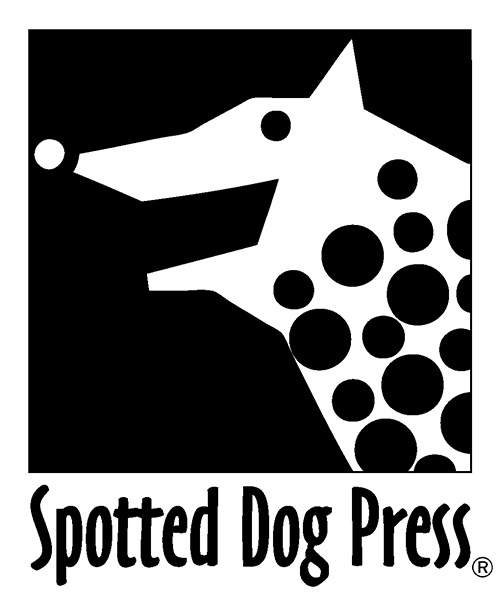Robert Clunie: Plein Air Painter of the Sierra Nevada
Robert Clunie: Plein Air Painter of the Sierra Nevada
Robert Clunie: Plein Air Painter of the Sierra
Richard Coons
Cloth/hard cover
288 pages, 317 illustrations, 93 color plates
ISBN 0-9665414-0-5
Richard Coons' biography of Robert Clunie: Plein Air Painter of the Sierra, begins in 1915, when Robert Clunie came to America from Scotland. It wasn’t until 1928 that he made his first trip to the Sierra Nevada. Inspired by the massive scale and dramatic lighting of the harsh landscape, he painted the Olivas Pack Station beneath Mount Whitney and Lone Pine Peak, his first plein-air painting of the Sierra.
Just months before the stock market crash of 1929 and the beginning of the Great Depression, Clunie hired a mule packer to carry him and his painting gear to Fourth and Fifth Lakes above Upper Glacier Lodge in Big Pine Canyon. Over the next fifty years, Clunie returned to the lakes every summer for two months to paint. He camped in a canvas tent and cooked his meals in cast iron pots, sharing them with weary mountain travelers. His pots are still hidden beneath the white bark pines as he left them more than a quarter-century ago.
When Clunie’s painting, Fourth Lake Meadow, was stolen from a gallery exhibition in Los Angeles, he decided it was time to move to Bishop, an isolated town on the periphery of the vast sagebrush desert of the Great Basin and eastern Sierra Nevada. Clunie died in 1984, never knowing what happened to his stolen painting, Fourth Lake Meadow, which he had always considered to be one of his best works.
Though his paintings have often been compared to those of Thomas Hart Benton, Robert Clunie painted in relative obscuritydue in part to his geographical isolation and refusal to participate in urban art exhibitions. Also, the intense realism of his landscapes, painted in mountain terrain accessible to only the hardiest mountaineers, did not meet the traditional expectations of what the viewing public expected mountain landscapes to be: looking up at purple mountains and blue sky from the edge of a foreground meadow or lake—a traditional and accepted view of the mountain landscape.
Robert Clunie, Sierra Nevada realist and resident, spent his entire life painting the mountains he loved. —Wynne Benti

